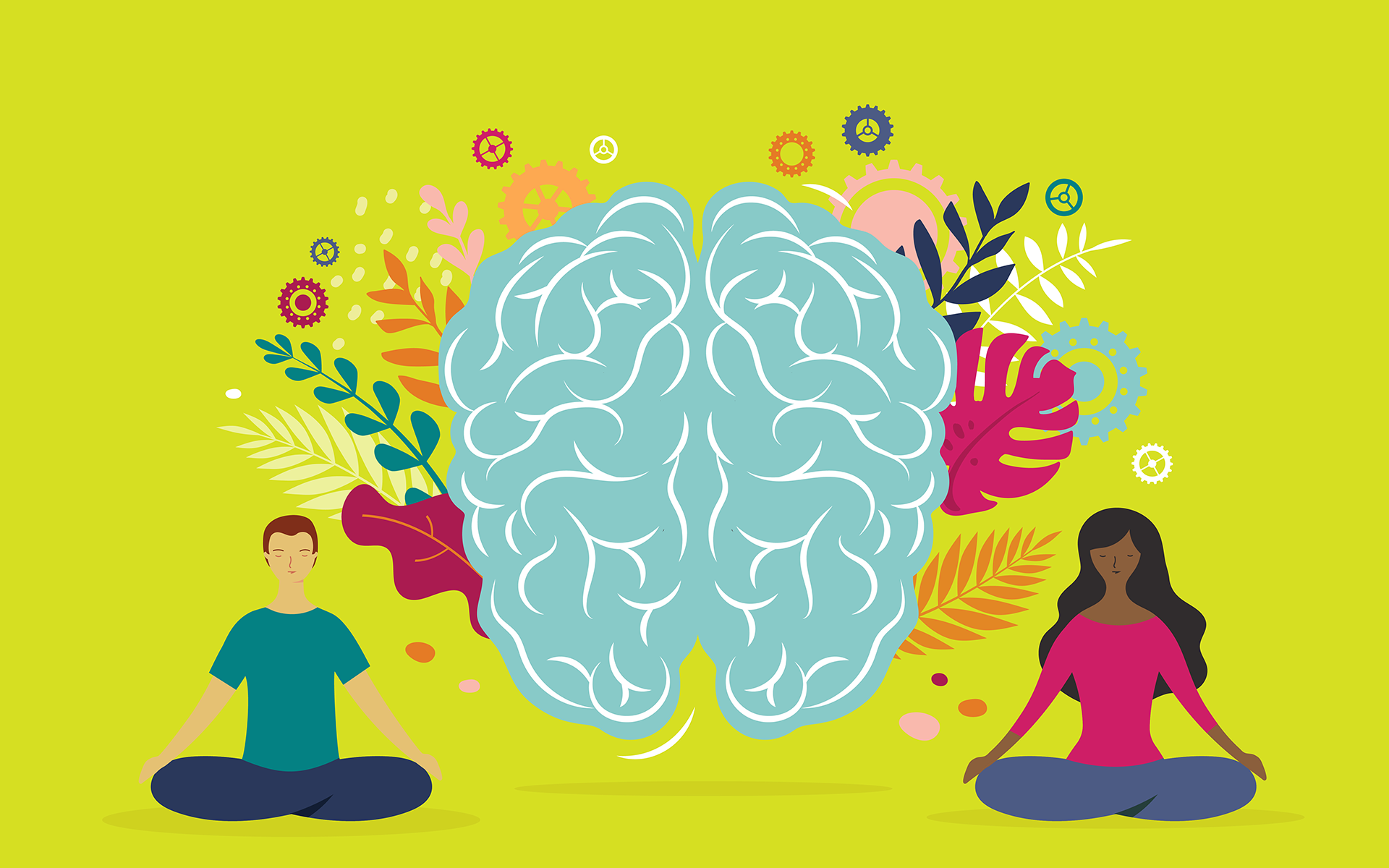My name is Dr. Amishi Jha and I am the director of contemplative neuroscience for the mindfulness research and practice initiative and an associate professor of psychology at the University of Miami. I’m a neuroscientist and I study attention in my lab at the University of Miami.
Wherever it is that attention goes, the rest of the brain follows. And in some ways, I think it’s very important to consider this. What does this mean? It means that where you pay attention, makes up the moments of your life, it actually makes up your life’s experience.
In my lab’s work we really think about mindfulness not simply as a concept but mindfulness training as a cognitive training tool. To understand this more fully, we should understand what the workout is, what the exercises are that make it cognitive training. So, I want to review with you one very common and foundational mindfulness practice that’s probably present in every single mindfulness-based program available: something called mindfulness of breathing. This is what we call a focused-attention practice and let me just describe it to you.
The Mindfulness of Breathing Exercise:
In this exercise, the mindfulness of breathing exercise, we ask you to sit in an upright, stable, and alert posture. And for the period of time, we’re going to do this short practice (and you can do it for much longer than I’m going to do here), your task is to pay attention to the sensations of breathing, and be very specific about how you pay attention to the breath.
1) Tune into the breath-related sensations. So, once you get settled, with your eyes comfortably lowered or closed, you’re going to focus in on the sensation that’s most prominent to you tied to your breathing. Perhaps it’s the coolness of the air in and out of your nostrils, or the abdomen moving up or down, your shoulders, whatever bodily sensation tied to breathing feels most prominent, that’s what you will focus on for the period of this formal practice.
2) Pay attention to what arises in your mind. The second part of this instruction, after you’ve selected your focus and you’ve committed to maintaining your attention there, is to pay attention to what arises in the mind. Notice when mind wandering occurs and your attention is moved off of the target for where your attention should be. Notice when there might be thoughts, sensations, memories that arise that aren’t about the breath at all. And when this happens, simply return your attention back to the breath-related sensations. Nothing special to do, just simply return the attention back to the breath.
That’s it! That’s the practice.
Mind wandering is ubiquitous, it’s common, there’s no reason to fight against it—It’s just the nature of the mind.
Even with a very short practice you can get a sense for how your attention got a workout, keeping your attention firmly pointed toward breath-related sensations and actually holding it there, maintaining it there. Also, fully acknowledging that the mind will wander. It’s its tendency. And in fact, what we know about my wandering is that it happens 50 percent of our waking moments—That’s what we know from the research. Mind wandering is ubiquitous, it’s common, there’s no reason to fight against it—It’s just the nature of the mind. If you are conscious, you are going to have mind wandering happen.
But for this formal period of time, in which we’ve dedicated our attention to be focused on the breath, we do something different when mind wandering happens: we actually note its occurrence, and then we redirect our attention back. The sequence of events in this practice are: focus, sustain attention, notice, and redirect attention back to the breath when it wanders. This is what we might call the push-up of a mindfulness of breathing exercise. I hope that you’re getting a sense now of repeatedly doing this for let’s say a five to 10 to 20-minute exercise, may actually not only engage attention, but strengthen it by exercising it over and over again.
So when you think about doing this practice, really think about just how much you may be helping your own attention by exercising in this way.
More from amishi jha
Training the Brains of Warriors
Neuroscientist Amishi Jha explores how the military is using mindfulness to tap into calm and focussed attention under extreme stress.
Read More
The Science of Taming the Wandering Mind
Wherever attention goes the rest of the brain follows—in some sense, attention is your brain’s boss. But is it a good boss and can we train it?
Read More








